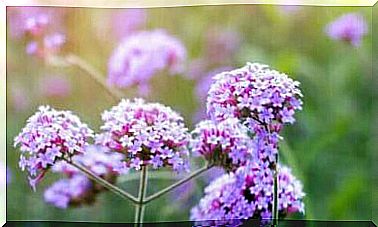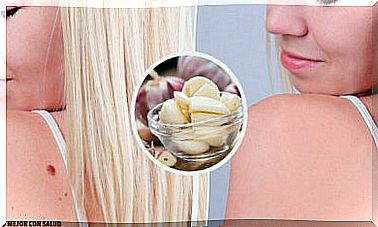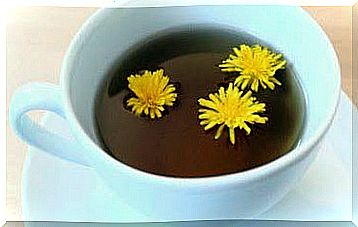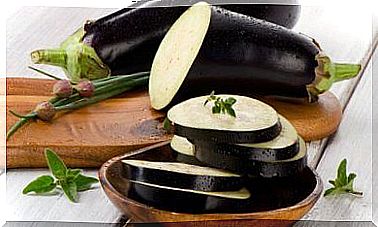Dandelion Uses And Benefits
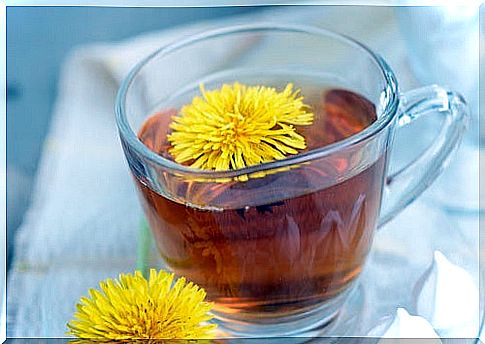
The bitter taste of dandelion indicates that this plant is full of phytonutrients, which are very beneficial to the liver and help remove toxins.
The scientific name for this plant is Taraxacum Officinale . What a sophisticated name for a wild plant! Dandelion is mainly found in the Northern Hemisphere, especially in Europe and America.
The plant has been grown for years as a vegetable that can be eaten in salads. It has a rather bitter taste, even worse than arugula or chicory.
Dandelion is known for its pointed, hard and rough leaves, but mainly for the flower, which is yellow in color and has a nice round shape. Many people like to blow away the white fluff in the summer. In nature, the wind causes the seeds to disperse nearby. Therefore, this plant often grows on large areas of land.

Dandelion contains the following nutrients:
- Inulin
- Vitamin B
- Vitamin C
- beta carotene
- Flavonoids
- oleic acid
- tannic acid
- Tannins
What parts of the dandelion can you consume?
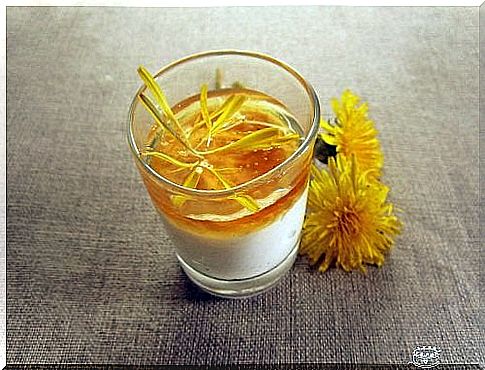
Spring is the best time of year to pick this plant if you want to consume it fresh in a salad. You can also let the plant dry in a cotton bag.
The roots of this plant are best collected towards the end of the summer or in the winter. Then store these roots in glass jars, which have a hermetic closure.
The parts of the plant that are commonly used are:
the leaves
These leaves are similar to spinach and can be eaten raw in salads or cooked, for example in stews. The taste of these leaves is quite bitter, especially when the plant is a little older. That is why we recommend using young flowers.
Some people use dried dandelion petals to make infusions that are said to have medicinal properties.
The flowers
You can pick the flowers before they open and store them in a little salt and vinegar, just like capers , for example. You can then bake these buds or add them fresh to salads.
The carrots
When the plant is two years or older, you can start cutting away parts of the roots. These roots can then be roasted and used as a substitute for caffeine to make infusions.
What is dandelion good for? Medicinal properties

By now you know exactly which plant we are talking about, so now is the time to learn a little more about the health benefits this plant offers… and then of course start incorporating it into your diet!
Drug against diabetes
In Europe, dandelion is often used by diabetics. The roots of this plant contain sugars that are easy to digest.
Helps to treat kidney problems
In France, this plant is often referred to as ‘pissenlit’ (directly translated, this means ‘wetting in bed’). This is because dandelion has been used for a long time to stimulate the kidneys.
The plant can help to:
- keep these organs in shape
- treat urinary tract infections
- drive kidney stones out of the body
It has a great diuretic effect, but does not drive potassium out of the body, which is often the case with other diuretics.
Improves the digestive tract
Dandelion has a mild laxative effect and increases appetite in people recovering from illness. It causes the body to produce more bile and can help fight constipation and other stomach ailments.
Soothing for the liver
Dandelion is highly recommended to help remove accumulated toxins from the body. As a result, this plant is also often associated with a healthy liver. For example, the plant can be used to help treat hepatitis, jaundice and cancer or liver tumors.
In addition, the plant also has blood purifying properties and can help to prevent food or chemical poisoning. In addition, it helps to remove fats (cholesterol) and uric acid from your blood.
It’s a beauty tonic
This plant has been used for many years to treat pimples, eczema, psoriasis and other skin conditions.
Use a handful of dandelions and a cup of boiling water to make an infusion. Allow the infusion to cool and then use the infusion to clean wounds. Soak a cotton ball with the infusion and rub it over the affected areas of the skin.
Treating Anemia
Dandelion leaves contain a significant amount of iron and can be used to help prevent or reduce anemia. In addition, the leaves can help the body to recover when there has been an iron deficiency for a long time.
The plant is great for pregnant women, who often suffer from anemia during pregnancy.
Keeps the eyes healthy
People who cannot see well in the dark or who suffer from some form of macular degeneration can consume dandelion to provide their bodies with more vitamin A, beta-carotene and helenin. These three nutrients improve the ability of the eyes to capture light and protect vision.
Means to treat varicose veins and hemorrhoids
This is due to the tannins contained in this plant. Dandelion has relaxing and calming properties that can help treat various circulatory problems such as varicose veins or hemorrhoids.
In the case of such problems, it is best to take a bath with an infusion of a handful of dandelions or dip a cotton ball in a dandelion infusion and rub it over the affected area.
Dandelion side effects and contraindications

In general, the chance of negative side effects is quite small, regardless of skin allergies or eczema. If you consume too much dandelion, you may experience diarrhea, heartburn, or abdominal pain. Fresh stems could be poisonous to children.
In addition, due to the high alcohol content, it is not recommended to use dandelion tinctures during pregnancy or while breastfeeding. In this case, it’s best to just consume a little bit of dandelion, either dried or fresh.
